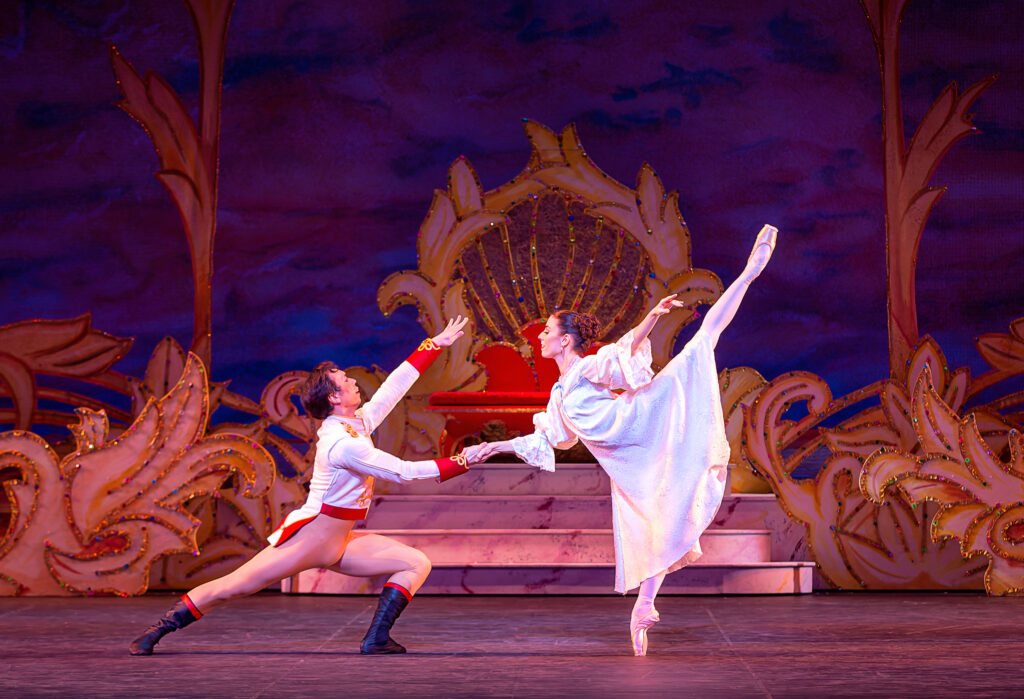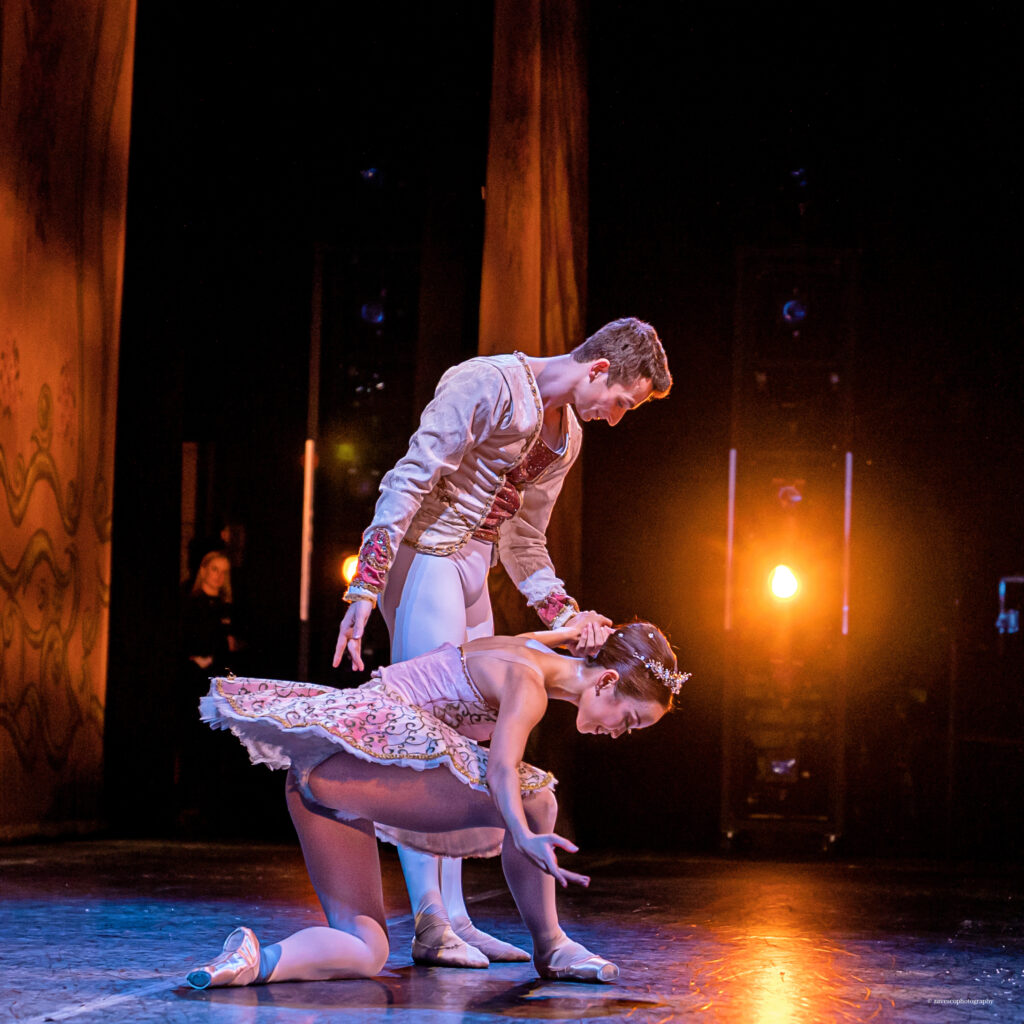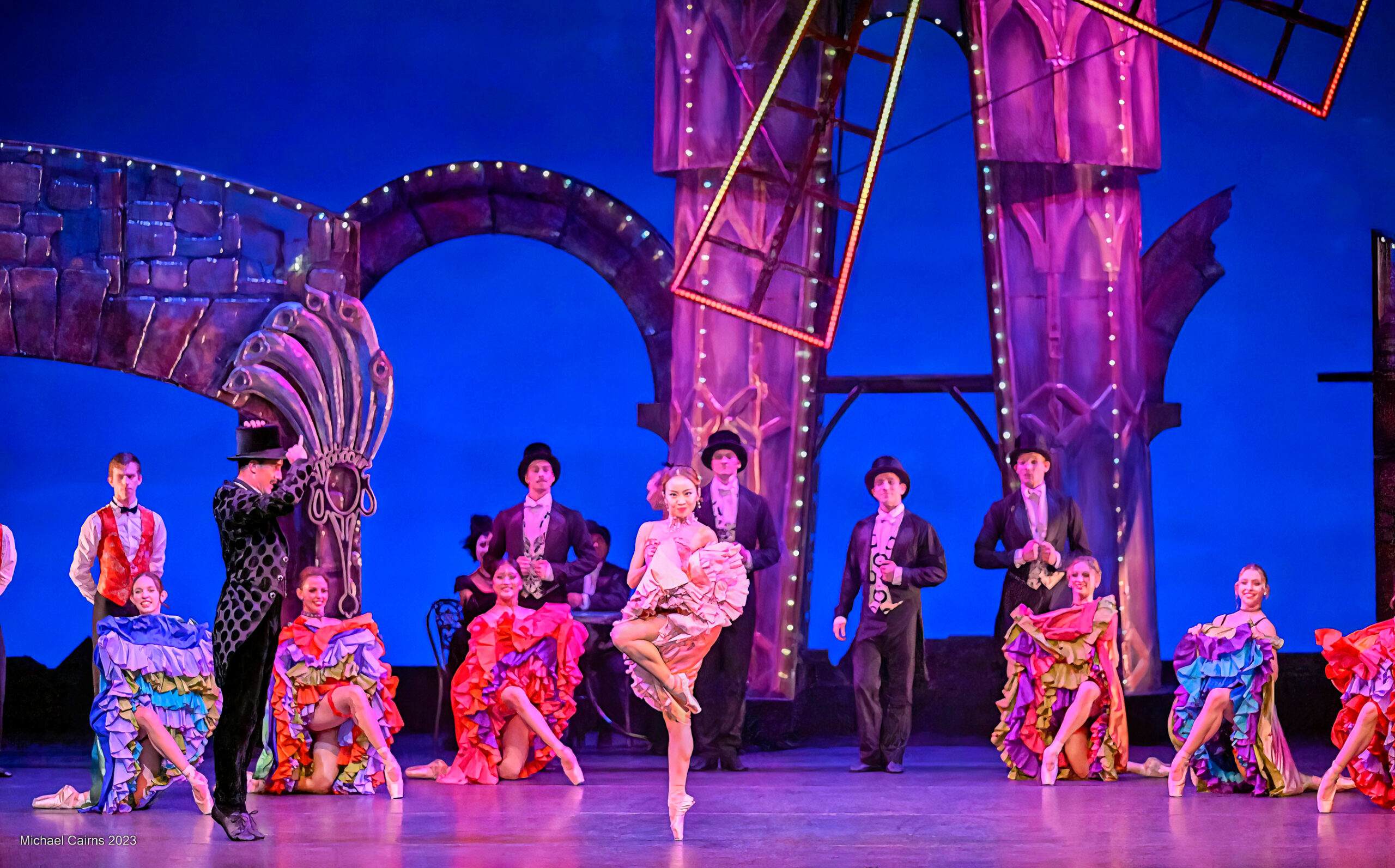Improvise and Survive: Making the Most of Onstage Bloopers and Mishaps
Shattering glass is not a welcome sound before an onstage entrance, but it’s exactly what Colorado Ballet soloist Sarah Tryon heard moments before taking the stage as the first fairy in Sleeping Beauty’s prologue. A light bulb had burst from above. “We heard it and we saw the pieces falling,” Tryon says. “I saw glass all over the stage and thought, Oh, thank god I have to look down for the choreography!” Every fairy after her had to delicately (and literally) tiptoe around the pieces before they could be swept up during the scene transition.

From sets breaking and props misfiring to very personal moments of falls, injuries, or momentary forgetfulness, stage mishaps are an inevitable part of any dancer’s career. Avoiding them outright is unrealistic, but learning how to deal with onstage disasters while carrying the show forward is the mark of a consummate professional.
In the Moment
Your concentration could be the first thing to suffer when something unexpected happens during a performance. Stay calm no matter what, says Orlando Ballet dancer Hitomi Nakamura. “A lot of things go through your mind at once, but don’t show it in your face when something happens, even though you’re thinking about what to do next.”
Staying in character is crucial, Nakamura says, especially in a story ballet. Sometimes, it’s even more important than faithfully following the choreography. Tryon recalls a Nutcracker performance when the Nutcracker doll’s head came completely detached. “I basically had to change the choreography for the rest of party scene,” she says. “Our Clara’s choreography is all grand jetés with the doll in one hand, which I couldn’t do holding the head to the base.”

Deviating from the choreography is more noticeable in group work. Shelby Williams, a soloist with the Royal Ballet of Flanders and founder of the @biscuitballerina Instagram account, attributes her strategy to a quote she heard in rehearsal while learning a William Forsythe ballet: “Improvise and survive.”
After a recent slip onstage, Williams jumped forward in the choreography and started twirling two counts too soon. “It was mid-spin that I realized everyone else was in a really still position and I was just turning like a top in the middle of a group.” Rather than stopping mid-movement and giving away the false start, she committed, turning for four counts straight until everyone caught up. The audience never knew.
Teamwork for the Win
Williams’ colleagues kept their cool by not reacting, but collaborative fixes can sometimes be the best way forward. Williams once had to think fast with a partner when a power outage prevented roses from falling from the ceiling—which was the music’s cue to start. The two did an improvised version of the choreography, avoiding the middle of the stage where the roses were supposed to fall, just in case.
Being in tune with your partner is critical. Nakamura recalls a pivotal performance as Daisy in The Great Gatsby when a dresser set and necklace prop didn’t appear onstage when it was supposed to. With Nakamura unable to perform her next acting sequence, her partner covered by stepping in to embrace her. Remaining in character, without verbal communication, they even did an extra lift and slowed down a few steps until the music caught up with them.

Don’t forget, you might be in the position to help, whether it’s inconspicuously scooping a fallen headpiece off the floor or kicking it offstage as you run to position. Tryon stepped in when a colleague forgot the glove he was supposed to smack Armand with to instigate the duel in Lady of the Camellias. She stood behind another dancer, whipped off her own glove and handed it to him. “You shouldn’t just sit back and watch the disaster unfold and think, That’s not my problem,” she says. “Ballet can be individualistic, but we also have a team mentality at the end of the day.”
The Aftermath
Sometimes, the only thing you can do is laugh off that spectacular fall or prop fail. If Nakamura sees a colleague go down onstage, she first makes sure they’re not hurt, then gives them two thumbs up and cheers “Great fall!” Williams has even made a point of finding community in dancer missteps through initiatives like #fallingfriday on her @biscuitballerina Instagram account. “By normalizing that dancers have moments that they’re embarrassed by at all levels of their training and career, it helps it become less embarrassing,” she says.
Williams acknowledges that there’s a difference between external elements going wrong and personal mess-ups; choreographic mistakes or flubbed technique can be particularly stressful. “I might get in my head panicking, like, ‘Oh no, I did something wrong,’ ” says Williams. No matter the source of the mishap, she says your approach should be the same. “How can you go into damage-control mode and say, ‘Okay, what can we do with this?’ Make that a task rather than a source of panic.”
This, of course, is easier said than done, and feelings of guilt or frustration may linger after curtain call. “If you’re disappointed, allow yourself to feel disappointed—I think the problem is when you dwell on it,” says Williams. In dealing with your own feelings, or even a negative reaction from artistic staff, she recommends zooming out for a little perspective. “While the rehearsal director might be disappointed because they knew how it should have been and have their idea of how it should have been handled, the audience has no expectations.”
If people did notice, they’re likely more supportive than your self-detrimental thoughts. Audiences laugh when Nutcracker heads fly off and clap when dancers get up from falls. “People come to the theater for a reason,” says Williams. “They enjoy it when the unexpected happens. It’s exciting, it’s part of the experience.” Live performance is magic, mishaps and all.







